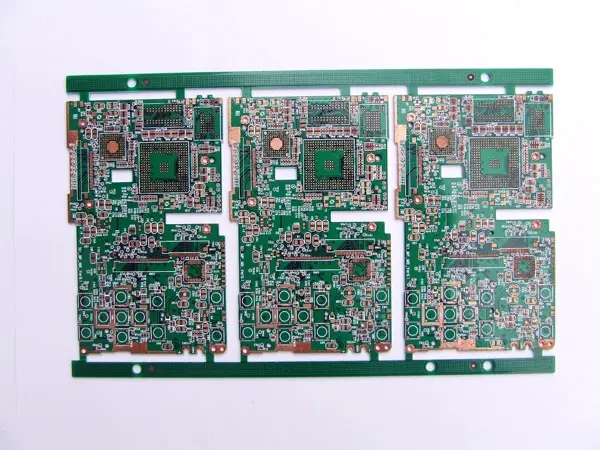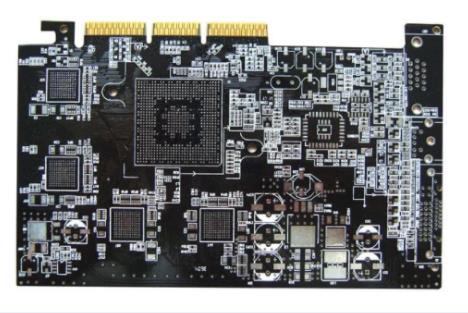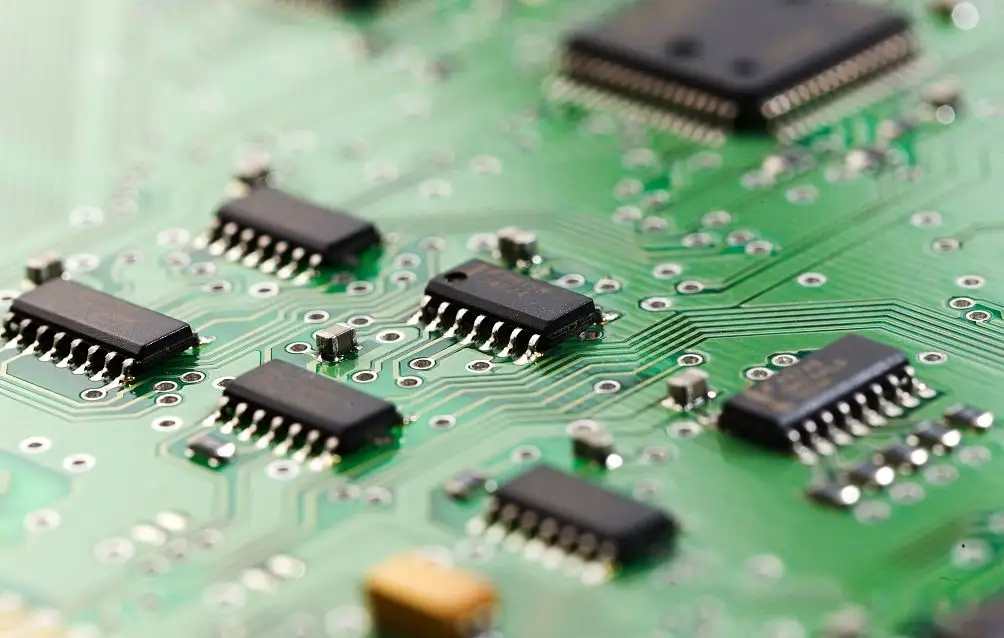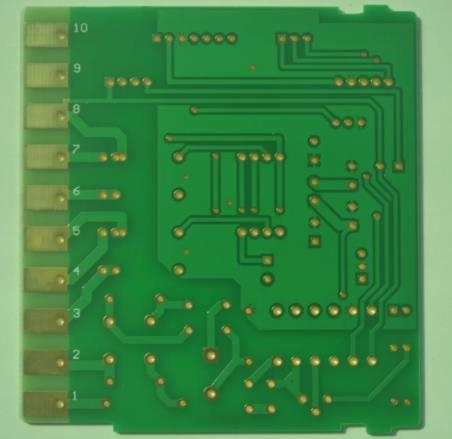
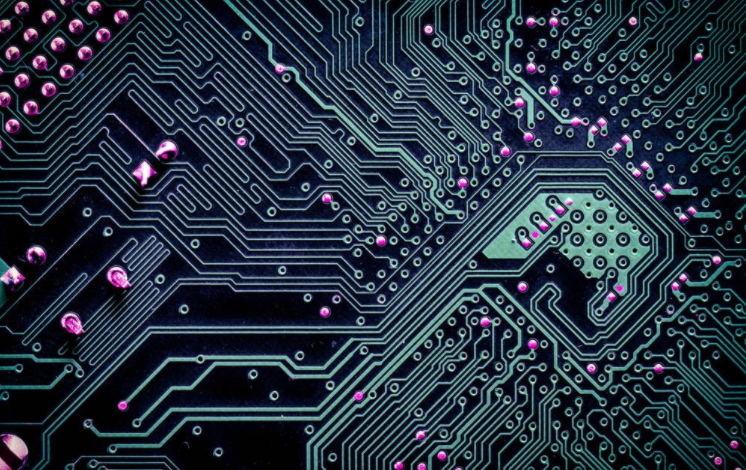
About the rigid flexible PCB drilling and back etching technology
De drilling and back erosion are conducted before NC drilling, chEMIcal copper plating or direct copper plating of rigid flex joint plate If the rigid flexure curve printed circuit board is to achieve reliable power interconnection, it must be combined with the rigid flexure printing circuit board to achieve reliable power interconnection flexible printed circuit board is composed of special materials. The main materials are polyimide and acrylIC acid, which are not resistant to strong alkali, and appropriate drilling and etching technologies are selected rigid flexible PCB drilling and etching technology is divided into wet technology and dry technology The following two technologies will be discussed with colleagues
The wet hole removal and back etching technology for hard flex printed circuit boards includes the following three steps:
Expansion (also known as expansion treatment). The alcohol ether fermentation broth is used to soften the pore wall matrix, destroy the polymer structure, and increase the oxidizable surface area, so that the oxidation effect is easy to carry out. In general, butyl carbinol is used to swell the pore wall matrix.
2. Oxidation. The purpose is to clean the hole wall and adjust the hole wall charge. Currently, China traditionally uses three methods.
(1) Concentrated sulfuric acid method: because concentrated sulfuric acid has strong oxidation and water absorption, it can carbonize most resins to form water-soluble alkyl sulfonates for removal. The reaction formula is as follows: the effect of CmH2nOn+H2SO4 – mC+nH2O resin drilling on the hole wall is related to the concentration of concentrated sulfuric acid, treatment time and solution temperature. The concentration of concentrated sulfuric acid used to remove drilling dirt shall not be less than 86% and shall be 20-40 seconds at room temperature.
Circuit board
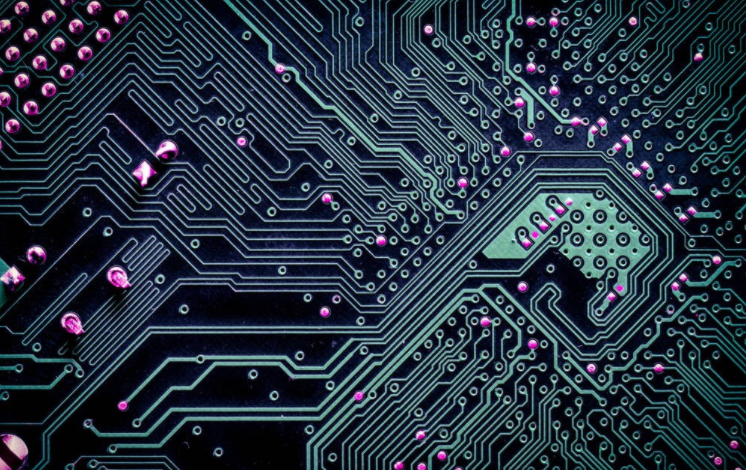
If back etching is required, the solution temperature shall be increased appropriately and the treatment time shall be extended Concentrated sulfuric acid is only effective for resin, but not for glass fiber After etching the hole wall with concentrated sulfuric acid, the glass fiber head will protrude from the hole wall, which needs to be treated with fluoride (such as ammonium biofuel or hydrofluoric acid) When fluoride is used to treat the protruding glass fiber head, the process conditions should also be controlLED to prevent the wicking effect caused by excessive corrosion of the glass fiber The general process is as follows:
H2SO4:10%
NH4HF2:5-10g/l
Temperature: 30 ℃ Time: 3-5 minutes
According to the method, the punched rigid flexible printed circuit board is drilled and etched, and then the hole is metallized. Through metallographic analysis, it was found that the inner layer was not completely drilled, resulting in copper layer and hole wall. Low adhesion. In this case, when the metallographic analysis is used for thermal stress test (288 ° C, 10 ± 1s), the copper layer on the hole wall falls off and the inner layer breaks.
In addition, ammonium bifluoride or hydrofluoric acid is extremely toxic and difficult to treat wastewater. More importantly, polyimide is inert in concentrated sulfuric acid. This method is not applicable to the hole removal and back etching of hard Flex Printed Circuit boards.
(2) Chromic acid method: because chromic acid has strong oxidation performance and strong etching ability, it can break the long chain of polymer materials on the pore wall, leading to oxidation and sulfonation, and more on the surface. Hydrophilic groups, such as carbonyl (- C=O), hydroxyl (- OH), sulfonic acid (- SO3H), etc., to improve their hydrophilicity, regulate the charge on the hole wall, and achieve the removal of hole wall drilling and dirt. The purpose of back erosion. The general process formula is as follows:
Chromic anhydride CrO3: 400 g/l
H2SO4: 350 g/l
Temperature: 50-60 ℃ Time: 10-15 minutes
According to the method, the punched rigid flexible printed circuit board is de drilled and etched, and then the hole is metallized. Metallographic analysis and thermal stress experiment were carried out for the metallized holes, and the results fully conform to GJB962A-32 standard.
In this case, the chromic acid method is also applicable to the hole removal and back etching of rigid flex printed circuit boards. For SMAll enterprises, this method is indeed very suitable, SIMple and easy to operate, and more importantly, cost. However, this method is the only unfortunate one. There is a toxic substance, chromic anhydride.
(3) Alkaline potassium permanganate method: At present, due to the lack of professional technology, many PCB manufacturers still follow the rigid multilayer printed circuit board drilling and etching technology alkaline potassium permanganate technology to treat rigid flexible printed circuit boards. After removing resin drilling chips in this way, the resin surface can be etched to produce uneven small pits on the surface, thus improving the adhesion between the hole wall coating and the substrate In high temperature and alkali environment, potassium permanganate is used for oxidation and removal of swollen resin pollutants This system is very effective for general rigid multilayer boards, but it is not suitable for rigid and flexible printed circuit boards. Because the main insulating base is rigid and flexible printed circuit boards, the polyimide materials are not alkali resistant, and will expand or even partially dissolve in alkaline solutions, not to mention high temperature and high alkali environments If this method is adopted, even if the rigid flexible printing circuit board is not scrapped at that time, it will greatly reduce the reliability of the equipment using rigid flexible printing circuit board in the future
3. Neutralization. The substrate after oxidation treatment must be cleaned to prevent the startup solution from being polluted in the subsequent process. It must go through the process of neutralization and restoration. Different neutralization and reduction solutions are selected according to different oxidation methods.
At present, the popular dry method at home and abroad is plasma decontamination and etching technology. Plasma is used to produce rigid and flexible printed circuit boards, mainly for drilling hole walls and surface modification of hole walls. The reaction can be regarded as a gas-solid chemical reaction between highly active plasma, pore wall polymer material and glass fiber, and the generated gas products and some unreacted particles are pumped away by vacuum pump. Dynamic chemical reaction equilibrium process. According to the polymer information used in rigid and flexible printed circuit boards, N2, O2 and CF4 gases are usually selected as the original gases. N2 plays the role of cleaning vacuum and preheating.
The schematic formula of plasma chemical reaction of O2+CF4 mixed gas is:
O2+CF4O+OF+CO+COF+F+e。
ì ? plasmaì
Due to the acceleration of the electric field, it becoMES a highly active particle and collides with O and F particles to generate highly active oxygen free radicals and fluorine free radicals, which react with the polymer data as follows:
[C,H,O,N]+[O+OF+CF3+CO+F+H-]CO2+HF+H2O+NO2+F-]
The reaction between plasma and glass fiber is:
SiO2+O+OF+CF3+CO+F+SiF4+CO2+CaL
So far, plasma processing of hard flexible PCB has been realized.
It is worth noting that the atomic carbonylation of O with C-H and C=C leads to the addition of polar groups on the polymer bonds, thus improving the hydrophilicity of the polymer data surface.
Rigid flexible PCB s treated with O2+CF4 plasma and then treated with O2 plasma can not only improve the wettability (hydrophobicity) of the hole wall, but also eliminate the reaction After precipitation, half of the reaction products are incomplete After rigid flexible printing treatment, the circuit board was cleaned and etched by plasma technology. After direct electroplating, the metallographic analysis and thermal stress experiment were carried out on the metallized holes. The results fully conform to the GJB962A-32 standard
To sum up, whether dry or wet, if the appropriate method is selected according to the characteristics of the main data of the system, the purpose of drilling and etching the rigid flexible interconnection motherboard can be achieved.
然后
聯系
電話熱線
13410863085Q Q

微信

- 郵箱




